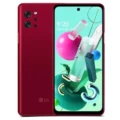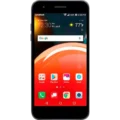LG K71
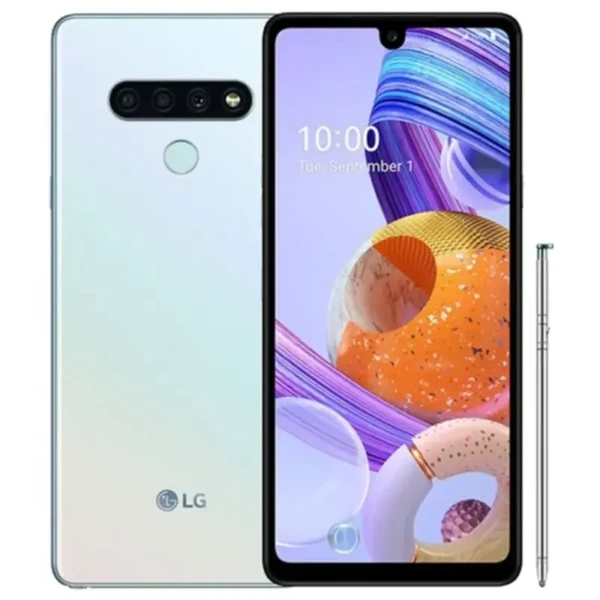


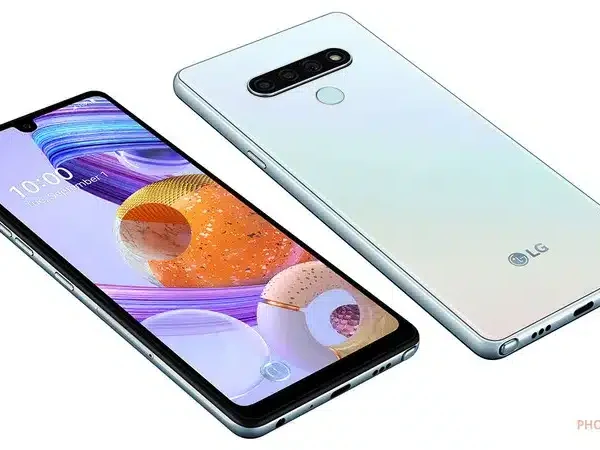
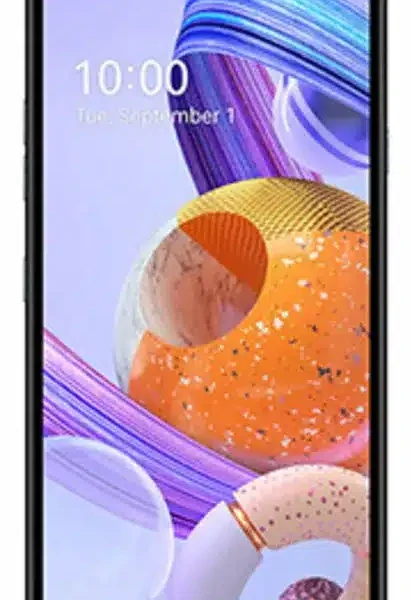
- : 4GB RAM Helio P35
- : 6.8" 1080x2460 pixels
- : 4000mAh
- : 48MP 1080p
LG K71: Overview and Features
The LG K71 is a versatile smartphone designed for those seeking a balance of functionality and style. Here’s a closer look at its key specifications:
Key Features
- Display:
- 6.8-inch FHD+ display with a resolution of 2460 x 1080 pixels.
- Large screen offers vibrant colors and immersive viewing experiences for videos and games.
- Performance:
- Powered by a MediaTek Helio P35 processor.
- Equipped with 4GB of RAM, ensuring smooth multitasking and app performance.
- Camera:
- Triple rear camera setup: 64MP main sensor, 5MP ultra-wide lens, and a 5MP depth sensor.
- 32MP front camera for high-quality selfies and video calls.
- Battery:
- 4000 mAh battery capacity.
- Provides reliable all-day usage for browsing, streaming, and gaming.
- Storage:
- 128GB of internal storage, expandable via microSD card.
- Plenty of space for apps, photos, and media files.
- Operating System:
- Runs on Android 10, offering a user-friendly interface.
- Includes LG’s software enhancements for added features.
- Connectivity:
- Supports 4G LTE, Wi-Fi, Bluetooth 5.0, and GPS.
- Ensures fast and reliable connectivity for all your needs.
- Design:
- Sleek and modern design with a premium feel.
- Available in attractive color options that suit different styles.
Conclusion
The LG K71 is an ideal choice for users looking for a stylish and feature-rich smartphone. With its large display, powerful camera capabilities, and robust performance, it’s perfect for social media, photography, and entertainment. Whether you’re a student, professional, or avid media consumer, the LG K71 delivers great value in the mid-range smartphone market.s at an affordable price.
Want to Learn More?
Visit the official website of LG for detailed information about the LG_K71: lg Official sites
Still Unsure?
If you’re still unsure about your choice, explore other options from LG at your nearest store: lg Store
Specs
Network
| 2G Network GSM 850 / 900 / 1800 / 1900 - SIM 1 & SIM 2 (dual-SIM) CDMA 800 / 1900 | GSM 900, GSM 1800 |
| 3G Network | UMTS 850, UMTS 900, UMTS 2100 |
| 4G Network | LTE 850, LTE 1800 |
LAUNCH
| Announced | September, 2025 |
| Status | Available. Released 2020, September 21 |
BODY
| Dimensions | 171.4 x 77.7 x 8.7 mm (6.75 x 3.06 x 0.34 in) |
| Weight | 220 g (7.76 oz) |
| Build | Nano-SIM Stylus |
Display
| Display Type Display Technology => A number of display technologies and types used in mobile phones => TFT (Thin Film Transistor), IPS (In-Place Switching), OLED (Organic Light Emitting Diode), AMOLED (Active-Matrix Organic Light-Emitting Diode), Super AMOLED (an even advanced version of AMOLED), Resistive Touchscreen (Resistive touchscreens contain two layer of conductive material with a very small gap between them which acts as a resistance), Capacitive Touchsceen (Capacitive touchscreen technology consists of a layer of glass coated with a transparent conductor) | IPS LCDj |
| Size | 6.8 inches, 109.8 cm2 (~82.5% screen-to-body ratio) |
| Resolution | 1080 x 2460 pixels (~395 ppi density) |
PLATFORM
| Operating System OS => Every computer system run on a base software called Operating System (OS). Operating System controls all basic operations of the computer (such as smartphone, PDAs, tablet computers and other handheld devices). The Operating System allows the user to install and run third party applications (apps), apps are used to add new functionality to the device. | Android 10 |
| Chipset Chipset is a group of integrated circuits designed to perform one or a more dedicated functions, often with real time computing constraints, Popular smartphones are equipped with more advanced embedded chipsets that can do many different tasks depending on their programming. | Mediatek MT6765 Helio P35 (12nm) |
| CPU CPU (Central Processing Unit) mostly known as processors, CPU processes instructions in order to carry out certain functions that make your device operate properly. Processors are often described as the brain of computers, smartphones and tablets, Smartphones and tablets rely on processors to carry out their every task, Processors are an incredibly important factor in selecting any type of computing device, including your smartphone. | Octa-core (4x2.3 GHz Cortex-A53 & 4x1.8 GHz Cortex-A53 |
| GPU GPU (Graphics Processing Unit) is a single-chip processor designed to rapidly manipulate and alter memory to accelerate the creation of images in a frame buffer intended for output to a display, This includes things such as lighting effects, object transformations, and 3D motion. | PowerVR GE8320 |
MEMORY
| Card Slot Memory Card Slot is a special slot for inserting a memory card. Memory cards allow you to expand the phone's built-in memory, A memory card (sometimes called a flash memory card or a storage card) is a small storage medium used to store data such as text, pictures, audio, and video, for use on small, portable or remote computing devices such as mobile phones, mp3 players, digital cameras. | microSDXC (dedicated slot) |
| Internal | 128GB 4GB RAM |
MAIN CAMERA
| Video | 1080p@30fps |
| Camera Features | LED flash, panorama, HDR |
SELFIE CAMERA
| Video | 1080p@30fps |
SOUND
| Loudspeaker | Yes, with stereo speakers |
| 3.5mm jack | Yes |
COMMS
| WLAN | Wi-Fi 802.11 b/g/n, Wi-Fi Direct |
| Positioning | GPS |
| Bluetooth Bluetooth is a wireless communications technology for exchanging data between mobile phones, headsets, computers and other network devices over short distances without wires, Bluetooth technology was primarily designed to support simple wireless networking of personal consumer devices. | 5.0, A2DP, LE |
| Infrared Infrared connectivity is an old wireless technology used to connect two electronic devices. It uses a beam of infrared light to transmit information and so requires direct line of sight and operates only at close range. | |
| USB | USB Type-C 2.0 |
| NFC NFC (Near field communication) is a set of standards for smartphones and similar devices to establish peer-to-peer radio communications with each other by touching them together or bringing them into proximity, usually no more than a few inches. | |
| Radio |
Features
| Sensors Sensors are electronic components that detects and responds to some type of input from the physical environment. The specific input could be light, heat, motion, moisture, pressure and location, The output is generally a signal that is converted to use in computing systems, a location sensor, such as a GPS receiver is able to detect current location of your electronic device. | Fingerprint (rear-mounted), accelerometer, proximity |
BATTERY
| Battery Type Battery Type => Cell phones run on various kinds of batteries depending on the manufacturer, phone size or shape and features. There are basically four types of cell phone batteries => Lithium Polymer, Lithium Ion, Nickel Metal Hydride and Nickel Cadmium. | Li-Ion (Lithium Ion) |
MISC
| Colors | White |
| Model | LMQ730HA, LM-Q730HA |
TESTS
Reviews
Disclaimer Note
We strive to maintain accurate and up-to-date content on our website for general information purposes only. Please refrain from using the material for business, legal, or any other decisions.


